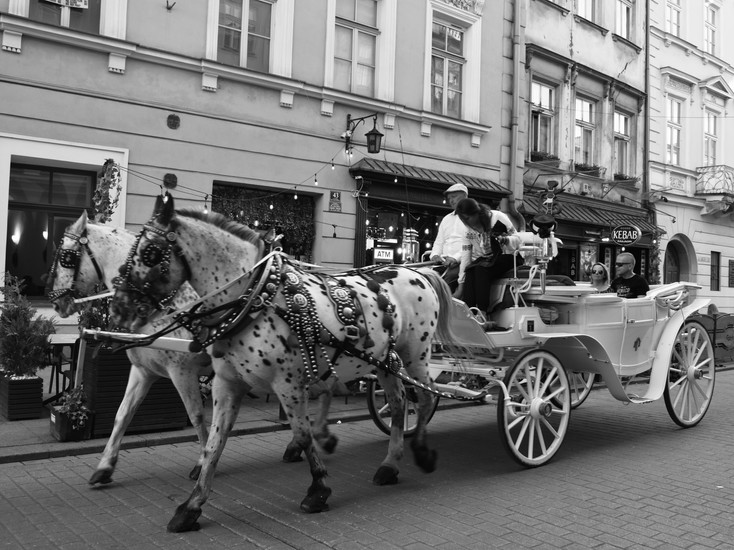The Hero with a Thousand Faces
- glosnapgs
- 2024年6月11日
- 讀畢需時 2 分鐘
“At night I read a lot, constantly envying all the heroes of my novels because they lived in different times.”
— Adam Czerniakow, Warsaw Ghetto Diary
Warsaw was subject to a 5-year fascist hegemony, resulting in the largest uprising in the German-occupied territories, with the full wrath of Hitler. The Home Army fought for 63 days, for an independence free from German occupation and Soviet domination. Warsaw Rising Museum was opened on the 60th anniversary of the outbreak as a tribute to the heroes.
Listen to the “heart beat” from the center of the museum. A symbol of Polish remembrance. A tribute to the participants in the Uprising. During the occupation, the German soldiers murdered the elites, closed down scientific institutions, destroyed archives and library collections, as well as demolished monuments. They even confiscated art works from the church.
The Soviet Communists accused the Home Army of treason, fascism and cooperation with the Germans. Poland argued that it was the commanders who pursued their personal goals. Until the fall of Communism, the propaganda portrayed the Warsaw Rising by contrasting the heroic struggle of the insurgents with their irresponsible and cynical commanders.
The Rising was not all about barricades and armed struggles, but also sustaining everyday life, which was done by women. Not to mention around 12k women participated in the war, which accounted for 20% of all insurgents. Polish women have reacted by taking up arms in the face of military threat, but it was only with the outbreak of WWII that their involvement was implemented on a mass scale.
While the youngest hid with their families and guardians in cellars, children aged 12 or above were allowed to help the insurgents by delivering letters and orders, and offered assistance in medical and supply services. Even after the fall of the Rising, numerous children left the city as civilian evacuees, though some were imprisoned in the devastating POW camps.
Beyond censorship. At wartime, independent printing was a tradition in occupied Poland. The anticommunist underground published about 6000 books and 3000 magazines in total. These publications unraveling the historic truth distorted by the Communists played a vital role. Without them, the Poles would never learn the truth about World War II and the Rising.
Fun Fact:
Why is the coat of arms of Warsaw a Mermaid? Some said she was the sister of the one in Copenhagen, separating from the Baltic Sea. She was once trapped by a merchant, until she was rescued by the fishermen. Ever since, she protects the city with a sword and a shield. Some also said she helped a lost prince and the latter one founded the city in her honor.


























留言